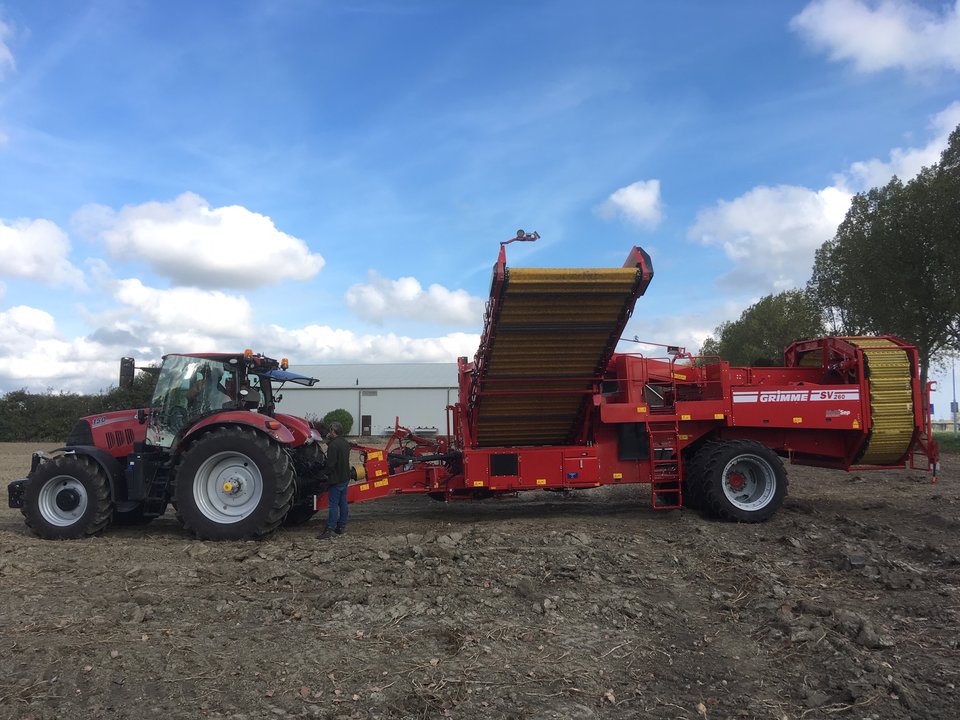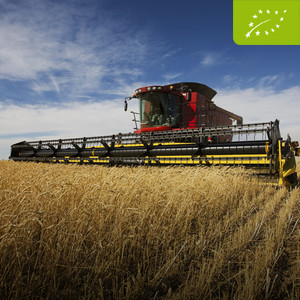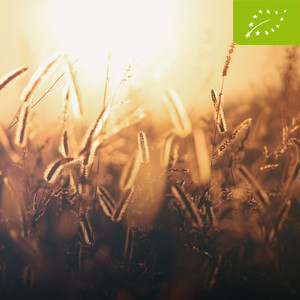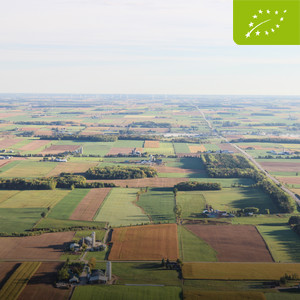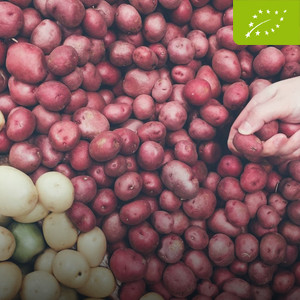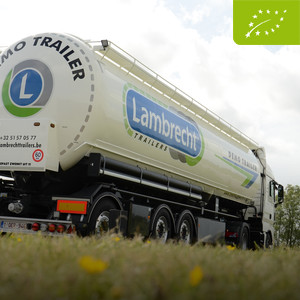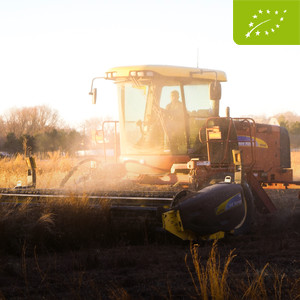Introduction
In the European Union, arable farming is the largest agricultural sector. However, the sector is facing increasing competition and scrutiny, as consumers look for greater transparency, sustainable practices, and improved energy efficiency. This use case offers a great opportunity for farmers to address the consumers’ concerns and improve chain optimisation. It demonstrates how data from various origins can be combined and used to support farmers in their daily field management, resulting in an important decrease in the use of herbicides, fertiliser, or water, for example. The interconnections of devices and sensors, as well as the creation of databases, represent an incredible opportunity for the arable sector to improve its production while working towards sustainable development goals. This use case helps create an extremely accurate mapping of farmers’ fields and to define management zones and prepare task maps for farm equipment. Let us learn more about the different techniques applied in this use case.
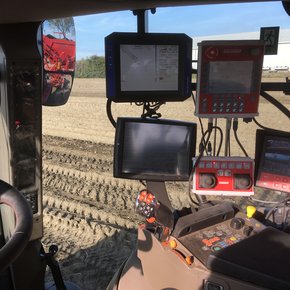
Delivering tailor-made care for farmers’ fields and crops
The use case is based on a simple principle: a field cannot be treated as one entity. Many factors will affect a field and the crop, thus, the yield will vary in time but also in quality. But, acknowledging this is only the first step.
Show more
How can farmers collect, process, and use data in a precision farming model? This use case investigates this issue and works to develop a map-based variable rate application (VRA). More specifically, the team supports farmers by improving map creation based on sensors to be used by agricultural machinery to optimise VRA planting density, VRA soil herbicide use, VRA potato haulm killing herbicide use, and optimal timing of fungicide application and VRA fungicide use. To achieve this, the project members - ZLTO, WUR, Bayer CropScience AG, Kverneland Group, Grimme, and KPN - had to create a system able to process various data and to create a map that farmers could use on their respective agricultural machinery.
-43% up to -53%
Haulm killing herbicide use
-17%
Weed control herbicide use
To develop and validate their technology, the project members selected two farms in Abbenes and Reusel in the Netherlands (the Reusel farm also had some land in Belgium). The choice of the farm was motivated by their expertise in potato farming and their conviction that yields could be improved by up to 40% in optimal conditions. Peter Paree and Corné Kempenaar, the Use Case Coordinators, believed this could be a powerful argument to convince farmers of the efficiency of precision farming techniques and the environmental benefits of such innovation. In this regard, the use case succeeded with a decrease of 53% in the use of haulm killing herbicide on Abbenes farm and 43% in Reusel, or a -30% and -22% reduction respectively in the total use of nitrogen fertilisers!
To better understand this innovation, it is important to note that the technological development had two objectives: one was to improve farmers’ practices and the second was to facilitate the collection and use of data by farmers. The team started by developing sensors to map various parameters in fields and testing their reliability. Once the data were collected, the project members worked on developing systems and software to store and combine data coming from various sources (e.g. geospatial, field scanning, local database). In this use case, the data are stored in Akkerweb and Cloud Farm FMIS. This was an important step as, in practice, farmers might use many services and different data streams. Nevertheless, these data need to come together to be transformed into a map. This map is what the farmers use in the end to support their decisions concerning crop management: this the core element of the variable rate application method.
-20% up to -25%
Herbicide + fungicide use
-15% up to -23%
Disease control fungicide use
From the beginning, the project members wanted to improve and facilitate the map creations for VRA. “The technology is ready” as Corné Kempenaar explained to us, “but it will only become mainstream once we make the connection to current farming practices. Improving this step is essential for increasing the technology adoption by farmers.” To do so, the use case worked on reducing the cost and time needed to produce such a map and facilitating its use by farmers. The team has, for example, created a platform and developed an API to ensure that farmers can easily navigate through these streams of data.
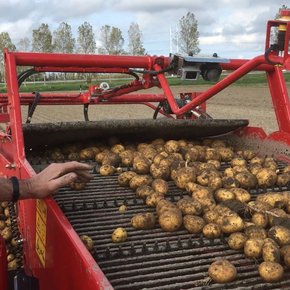
In case of data rush trust makes the difference
This use case, in addition to facilitating an impressive improvement in potato yields and a decrease in farmers' inputs, has been very useful to understand the challenges of data-driven agriculture and of farmers' adoption of precision farming technologies.
Show more
As this is the main issue foreseen for the future of European agriculture, some important questions arise: will farmers trust new technologies and how far will they follow the start-ups and other innovation stakeholders? From lessons learned in this use case, it appears that a relationship among farmers and service providers must be built on trust first and foremost. While some start-ups might be driven by profit and deploy immature IoT solutions, they tend to forget that farmers are following the same economic imperatives. Therefore, farmers will disengage with innovation if their trust has been broken once and it will hamper the development of the whole agri-tech sector.
+2%
Yield
-22% up to -30%
Nitrogen fertiliser use
On another level, trust must also include the production and management of the data. In the same way, as farmers yield potatoes, the service providers are yielding data from farmers. Therefore, they are responsible for the data quality and sovereignty. In this case, initiatives, solutions and innovations evident in this use case could be game-changers by developing user-friendly interfaces and facilitating the use of VRA or other precision farming techniques for farmers. If done responsibly, all stakeholders will be able to work hand-in hand-and benefit from each other’s expertise

Get in touch with the use case team via the SmartAgriHubs Innovation Portal
Go to portalAchievements, products & services
Soil map ordering and machine task map service
Wireless connectivity service soil sensors
Decision support services for variable rate prescription maps
Integration and visualisation of services in precision agriculture applications and data platforms
Application on arable farms for sustainable potato production

